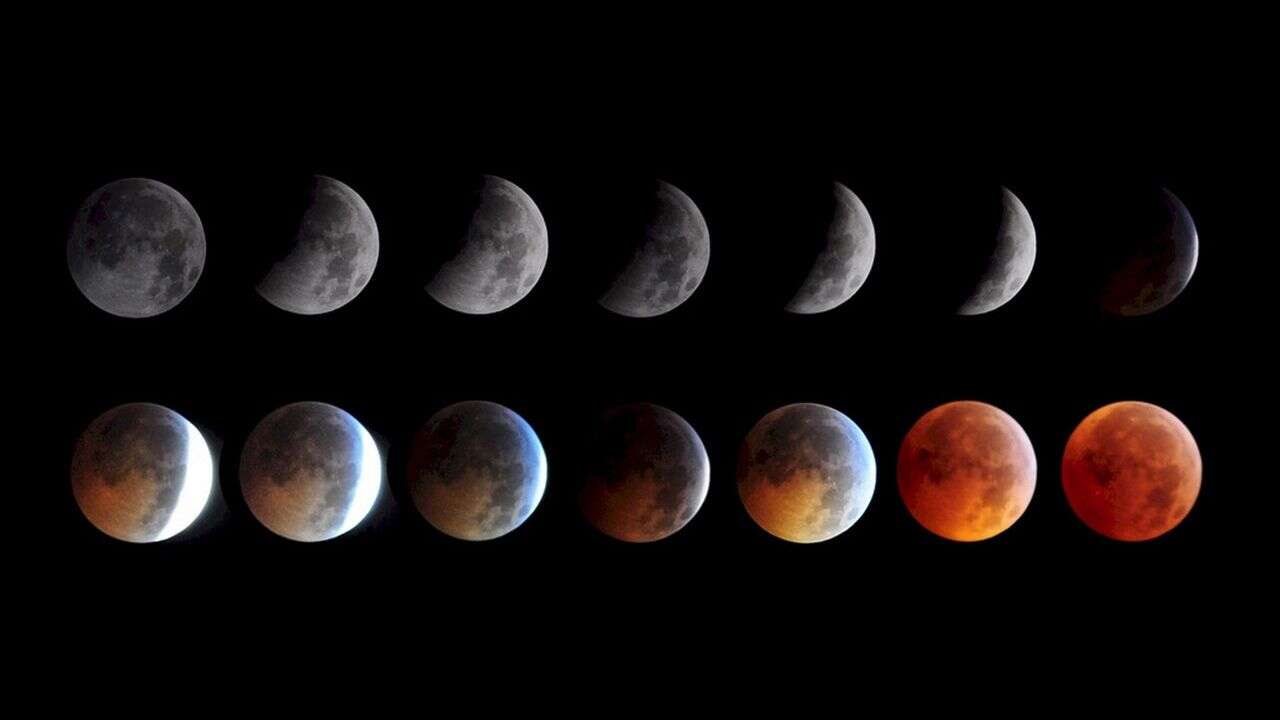
The first full moon of the year, which is popularly known as the wolf moon, is going to shine in the night sky on Friday, January 10.
On December 26, some of the worlds saw a “ring of fire” eclipse of the Sun, and now exactly two weeks after some of it is going to see a “Wolf Moon Eclipse” as now the moon drifts into the shadow of the Earth.
At the same time, a “penumbral” lunar eclipse is going to be visible in some parts of the world.
While people will see the full moon in the U.S., but most of us won’t see the eclipse.
“Unfortunately for people in the Americas, the eclipse will take place during the daytime and will be over by the time the moon climbs above the horizon,” AccuWeather meteorologist Brian Lada said.
It is also going to be visible from Europe, Africa, Asia as well as some other parts of Australia, where observers are going to witness a rather odd-looking full moon on Friday, 10th January 2020 under clear skies, but people of North America won’t be able to observe so.
The only exclusion is for folks in Alaska as well as in far eastern Atlantic Canada, Brian further said.
What is Penumbral Lunar Eclipse?
A penumbral lunar eclipse is a natural phenomenon that occurs when the Earth in course of its orbit around the Sun, comes in the middle of the Moon and Sun in such a manner that Moon is hidden in the shadow cast by Earth. This can only happen when the Sun, Earth, and Moon are accurately or very closely aligned, with Earth in the middle of the other two. A lunar eclipse can take place only on the night of a full moon. The type and length of a lunar eclipse be determined by the Moon’s closeness to either node of its orbit.
The outer shadow of the Earth blocks part of the rays of the sun from reaching the moon, which then further appears slightly darker than usual.
When is January’s full Moon?
The moon is going to be 100% visible on January 10at exactly 7:21 pm Universal Time, which in EST is 2:21 p.m. and 11:21 a.m. PST. That’s the daylight hours in North and South America, so it is going to be difficult for anybody there to spectate the “Wolf Moon Eclipse,” however dusk on Friday is going to be a perfect time to watch the full moon rise in the west close to sunset.
Observers in Asia, Australia, Europe, and Africa are going see a rare a penumbral eclipse of the moon.

Where to See the ‘Wolf Moon Eclipse’?
For those who want to see the full moon at its best, just make sure to look on January 10 at moonset (around sunrise) as well as moonset (around sunset). On the other hand, if you’re in Asia, Australia, Europe or Africa, then you must take note that the penumbral lunar eclipse starts at 5:07 p.m. Universal Time and is going to be at “maximum eclipse” at 7:10 p.m. Universal Time.
Here is the list of locations and timings on which one can easily spectate ‘Wolf Moon Eclipse’:
- London: 7:10 p.m. on January 10
- Mainland Europe: 8:10 p.m. on January 10
- Cairo: 9:10 p.m. on January 10
- Moscow: 10:10 p.m. on January 10
- Dubai: 11:10:02 p.m. on January 10
- New Delhi: 12:40 a.m. on January 11
- Shanghai: 3:10 a.m. on January 11
- Perth: 3:10 a.m. on January 11
There are about 35% of all eclipses that are of the penumbral type, which can be challenging to detect even with the help of the telescope, as per eclipse expert Fred Espenak.
An additional 30% are partial eclipses, which are easy to see with the unaided eye. The final 35% or so are total eclipses, and these are quite surprising events to look at, Espenak said.






